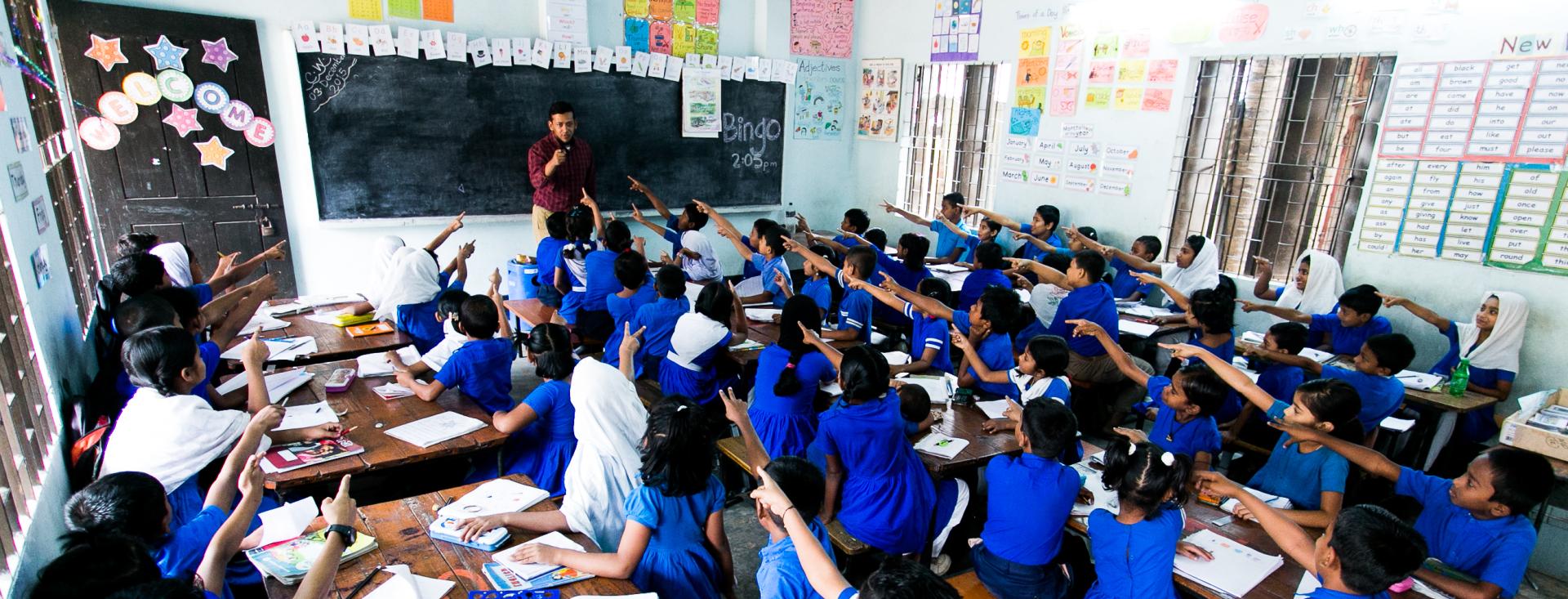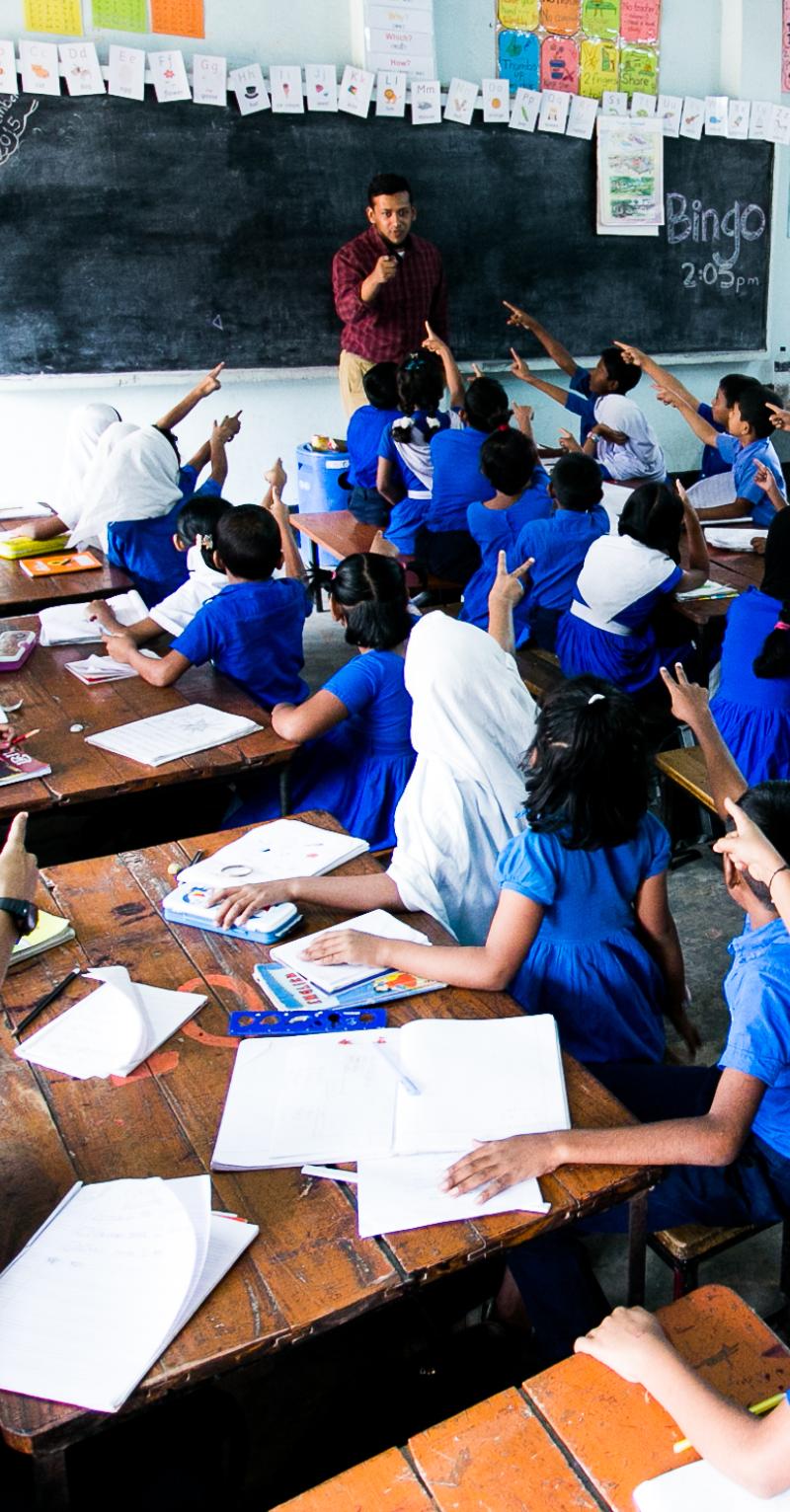Resources
Humanitarian emergencies—including conflicts, mass displacement, environmental disasters, and health crises—cause severe disruptions to education for millions of children. Here, you will find a curated selection of lesson plans and classroom activities designed to empower educators who are either teaching about such emergencies or who have emergency-impacted students in their classrooms. Topics include: refugees, statelessness, human rights, war and conflict, peace, climate-induced crises, emergency preparedness, natural hazards, first aid, and social-emotional learning. Find out more about our Education in Emergencies (EiE) initiative and our EiE work.
Education in Emergencies
Trinka and Sam: The Day the Earth Shook
A story that helps young children, their families, and teachers talk about feelings and worries they may have after experiencing an earthquake. This children's book describes some of Trinka's and Sam's reactions and how their parents help them to exp...
Education in Emergencies
Venezuela: Humanitarian Aid and Neutrality
A lesson to examine and discuss the humanitarian situation in Venezuela and the principle of neutrality. The economic crisis in Venezuela has been frequently reported in the news, but behind these headlines, there is a serious and growing humanitaria...
Education in Emergencies
Newsthink: The Afghanistan Crisis
A lesson to examine and discuss Afghanistan via an evocative photograph of people at Kabul airport during the crisis that unfolded in August 2021. Students will analyze and identify how people were impacted by this event, debate the statement "All pe...
Education in Emergencies
"Prepare with Pedro" Books and Activities
These resources by the American Red Cross are designed to teach young children and their families how to stay safe during disasters and emergencies through fun activities such as matching games and storybooks featuring Pedro the penguin.Topics covere...
Education in Emergencies
Pecyn adnoddau Camau Cyntaf
Mae'r adnodd hwn yn cynnwys pum cynllun gwers ar themâu penodol i gyflwyno hawliau dynol i blant 3-5 oed. Mae'r adnoddau addysgu hyn yn ennyn diddordeb plant trwy drafodaeth ac yn codi ymwybyddiaeth o’u hawliau eu hunain mewn ffordd ddifyr a rhyngwei...
Education in Emergencies
Volcano in Hawaii
In 2018, the Kilauea volcano in Hawaii erupted, releasing toxic gas emissions, lava flows, and ash. These lesson activities encourage students to consider what it might be like knowing that you may need to evacuate, how you could prepare, and living ...

